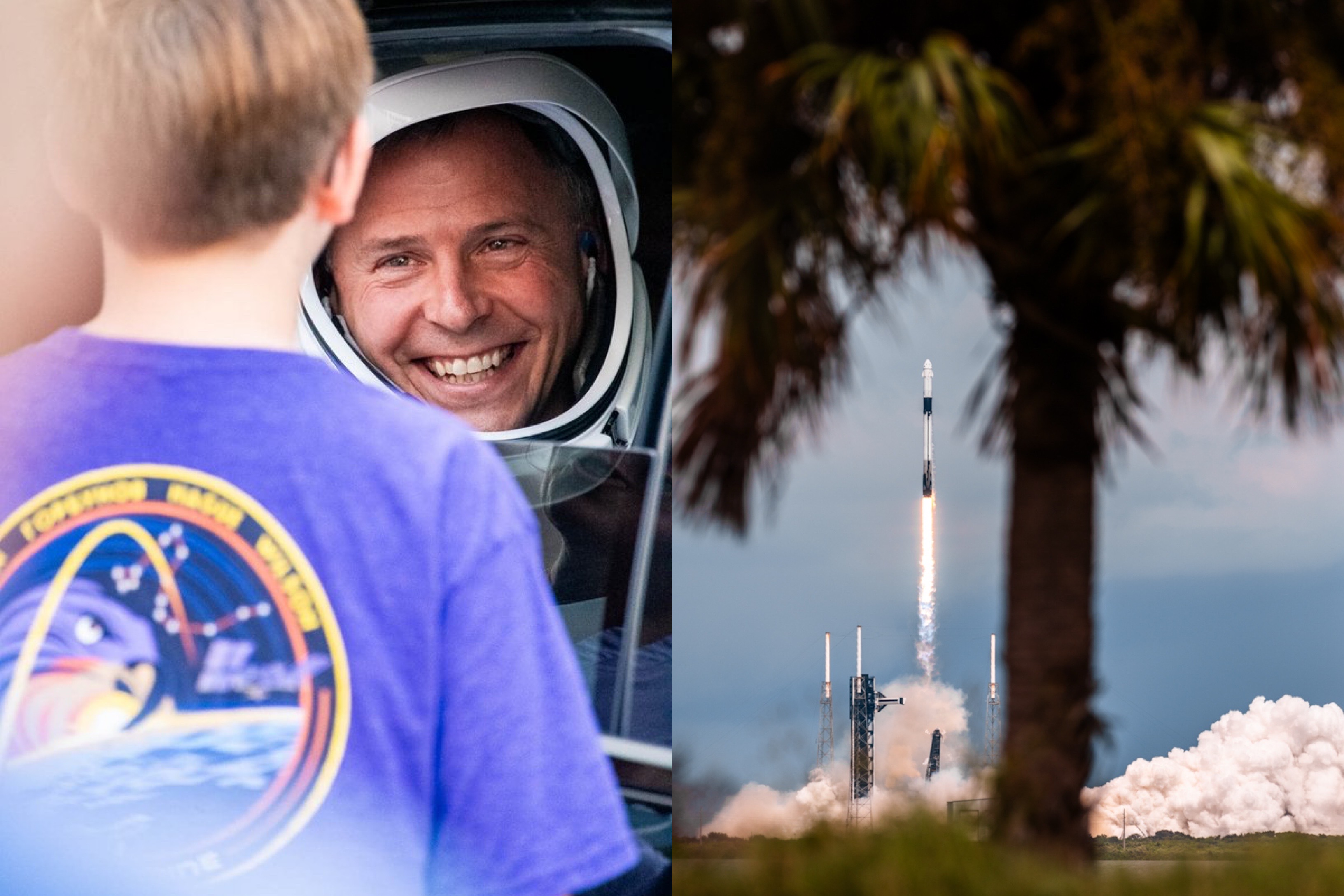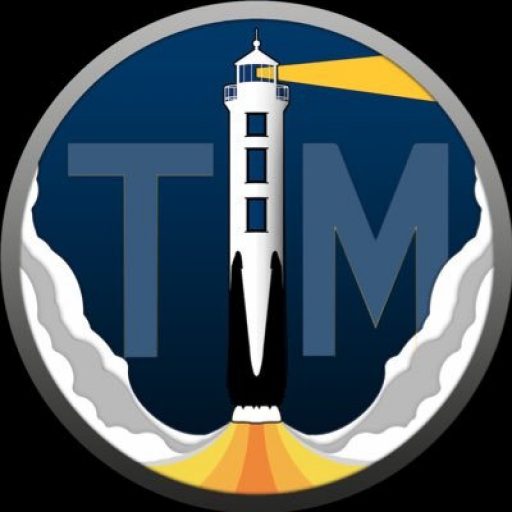You need to have teamwork, and you need to have precision—
Update: SpaceX posted an update 11 hours after launch that the second stage of the Crew-9 mission faced an anomaly during its deorbit burn. This burn is an ignition of the upper stage to take it out of Earth orbit, reenter the atmosphere, mostly burn up, and safely deposit whatever makes it to sea level in an uninhabited area of the open ocean. It’s not clear whether this burn lasted too long (ended up short of the intended swath of ocean), cut off too quickly (landed past the intended target), or had some other malfunction.
Crew-9 Dragon docked successfully to the International Space Station at 5:30 p.m. ET on Sunday, September 29, 2024, and this anomaly does not affect their mission.
Having launched their ninth operational crewed spaceflight today, the working relationship that NASA and SpaceX share is running like a hose—it just works. As an eager fan of spaceflight, it is simply amazing to witness, time and again over the last decade.
NASA set out to be “one customer, of many customers” in 2014 when they signed SpaceX and Boeing to be the CCtCaP suppliers of America’s next crew-capable spacecraft, ferrying their astronauts to and fro.
Crew-9 is headed to the International Space Station with a limited duo of astronauts for the first time since Bob and Doug flew in May 2020 on the first crewed flight of Dragon. SpaceX is on the verge of flying its 31st CRS Cargo Dragon mission to the orbital outpost, bringing refreshments of food, water, and new science experiments to NASA’s astronauts living and working there.
SpaceX has flown two, all-private missions with Jared Isaacman at the helm (Inspiration4 and Polaris Dawn) even going so far as to innovate and conduct the first private spacewalk with their own EVA spacesuit. Several flights have been conducted with Axiom too, a partner that may one day build a replacement to the ISS.
SpaceX is no doubt on a roll, of late, at least as it comes to milestones like this.
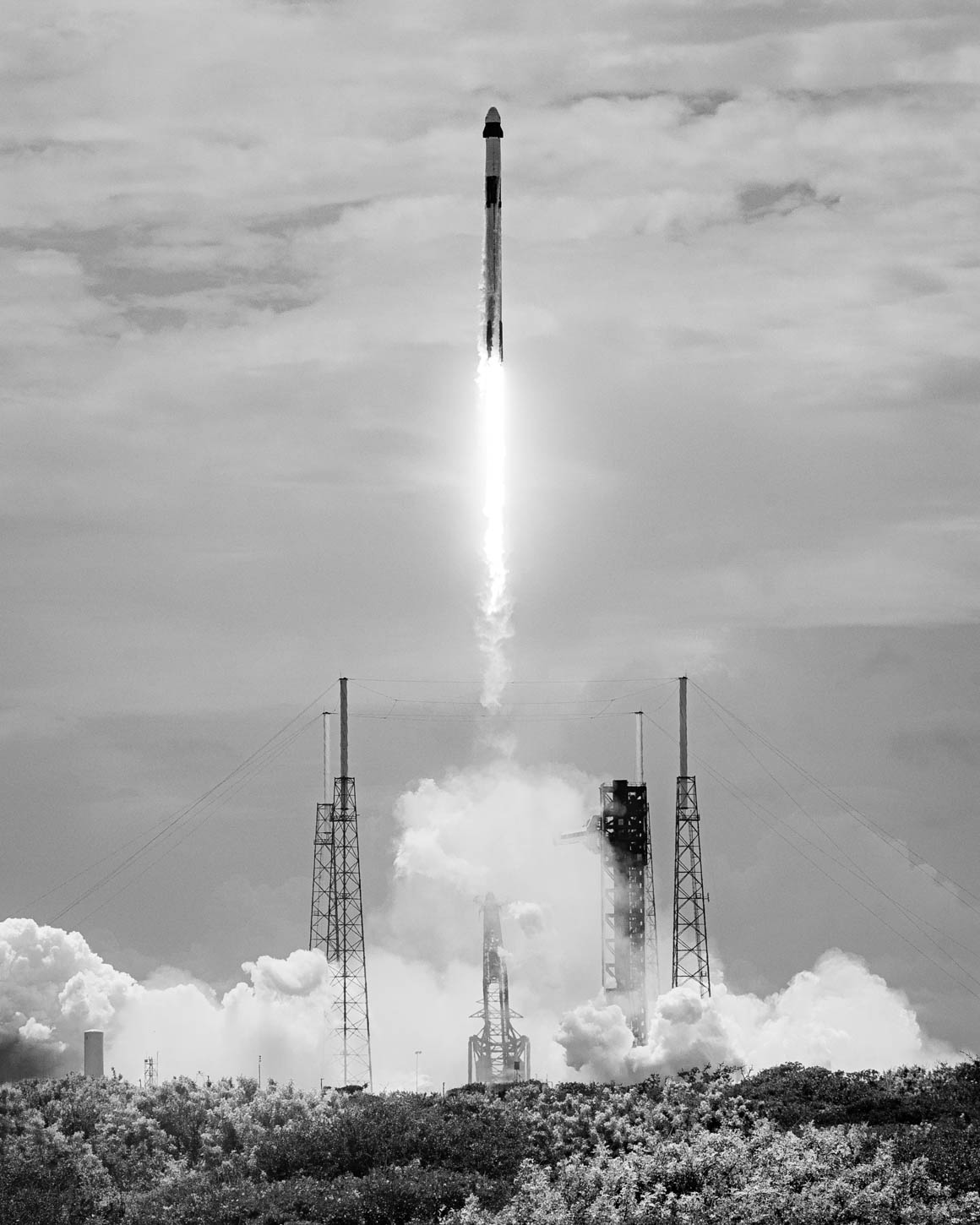
How I got started
I began following SpaceX in January 2014. As a high school senior, an eager future engineer, and hopeful future astronaut, the first mission I remember tuning into the live webcast for was SpaceX’s second flight to GTO and Falcon 9’s eighth orbital mission: Thaicom 6.
At the time, SpaceX was the new player on the field and Falcon 9 was nearly brand new itself. This was the second flight of SpaceX’s upgraded “1.1” version of Falcon 9 with a circular engine configuration, stretched stages, and a payload fairing. Landing legs were not even installed yet, though controlled reentry and landing tests over open ocean were happening.
Landing legs ultimately wouldn’t be fitted until the ninth launch of Falcon 9: CRS-3, NASA/SpaceX’s third commercial resupply services mission to the ISS with Cargo Dragon 1.
Teaching one another
These two entities have been through many ups and downs. SpaceX has grown up quickly, with a fail-fast mentality tamed by NASA’s risk tolerance and careful reserve. NASA has learned quickly too, taking pages from SpaceX’s book while sharing many of its NASA’s key learnings along the way.
From CRS-7 failing in June 2015, to a Falcon 9 fueling failure in 2016 destroying SLC-40, to Crew Dragon exploding on the test stand in April 2019, then turning around a year later to successfully launch and return Bob and Doug on Crew Dragon, to now conducting safe and regular flights of over 50 government and commercial/civilian astronauts. A lot of learning has gone on and a lot of mutual growth has occurred in this time.
Now, back to the mission at hand. Crew-9 comes at a time for NASA where their Commercial Crew Program is both humming along smoothly and also fledgling. Boeing’s Starliner spacecraft recently launched on its third test flight, the first with NASA astronauts Butch Wilmore and Sunita Williams aboard, only to return from the ISS to land safely back on Earth, empty-handed (but with very good reason to do so).
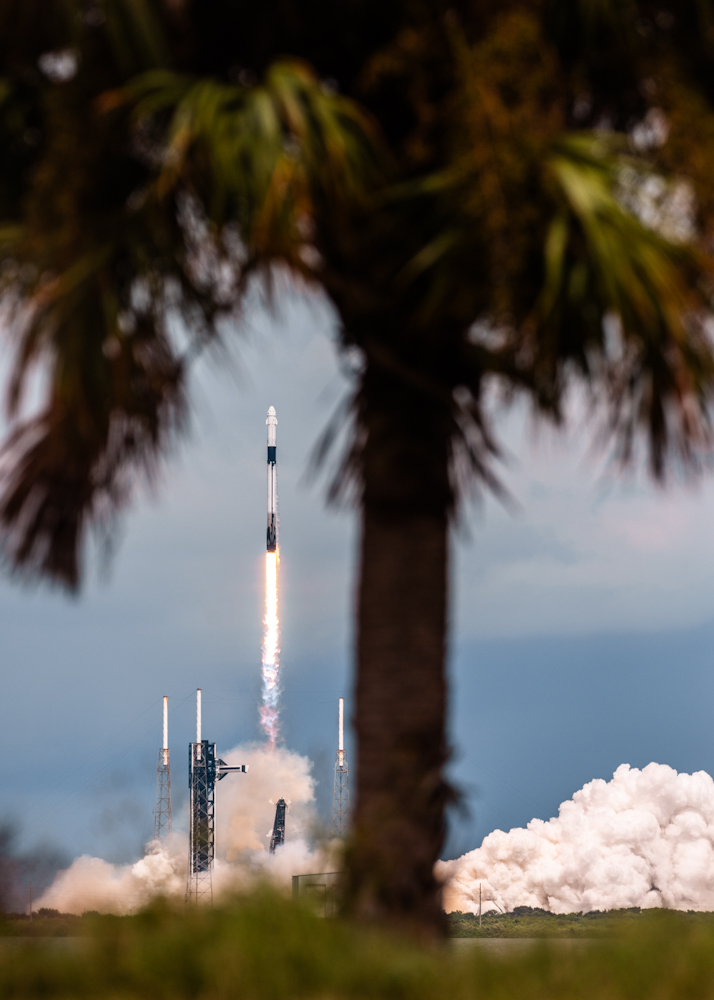
When SpaceX unveiled Dragon 2 (V2 at the time) in 2014, it was slated to land on a concrete pad in Cape Canaveral, just like the first stages of their rockets would begin to in late 2015. In 2017, it was announced that NASA preferred parachute-assisted landings mainly to avoid complexity and schedule slippage. For a while, propulsive landings of the Crew Dragon spacecraft were no more.
Until yesterday, when during a prelaunch press conference, NASA’s Steve Stich announced that propulsive landings are coming back, in a way. “We can land with one ‘chute out, we can land with other failures in the ‘chute system, but this is only in the case where all four parachutes just do not operate. In that case, the capsule detects that there’s a problem and it fires essentially the [Super]Draco thrusters at the very end and then provides a tolerable landing for the crew.” Continuing, “save the crew on a really bad day.”
In sharing this, it was also noted that it was a “deep contingency” but NASA’s philosophy is that if they have a system they’re not currently using to enhance crew safety, they might as well. It’s a backup to the backup-backup.
Additionally, it was shared that this configuration had also been flown on several non-NASA crewed missions; NASA was just adopting it for its crewed launches for the first time. Impressive stuff.
Crew-9 also is notable because it is the first crewed mission to take place from SLC-40, SpaceX’s battle-tested, original launch pad in Florida. They began leasing LC-39A in 2014 and first conducted Falcon 9 missions from it in February 2017 with CRS-10. Only now are SpaceX beginning to offer crew launches from both pads.
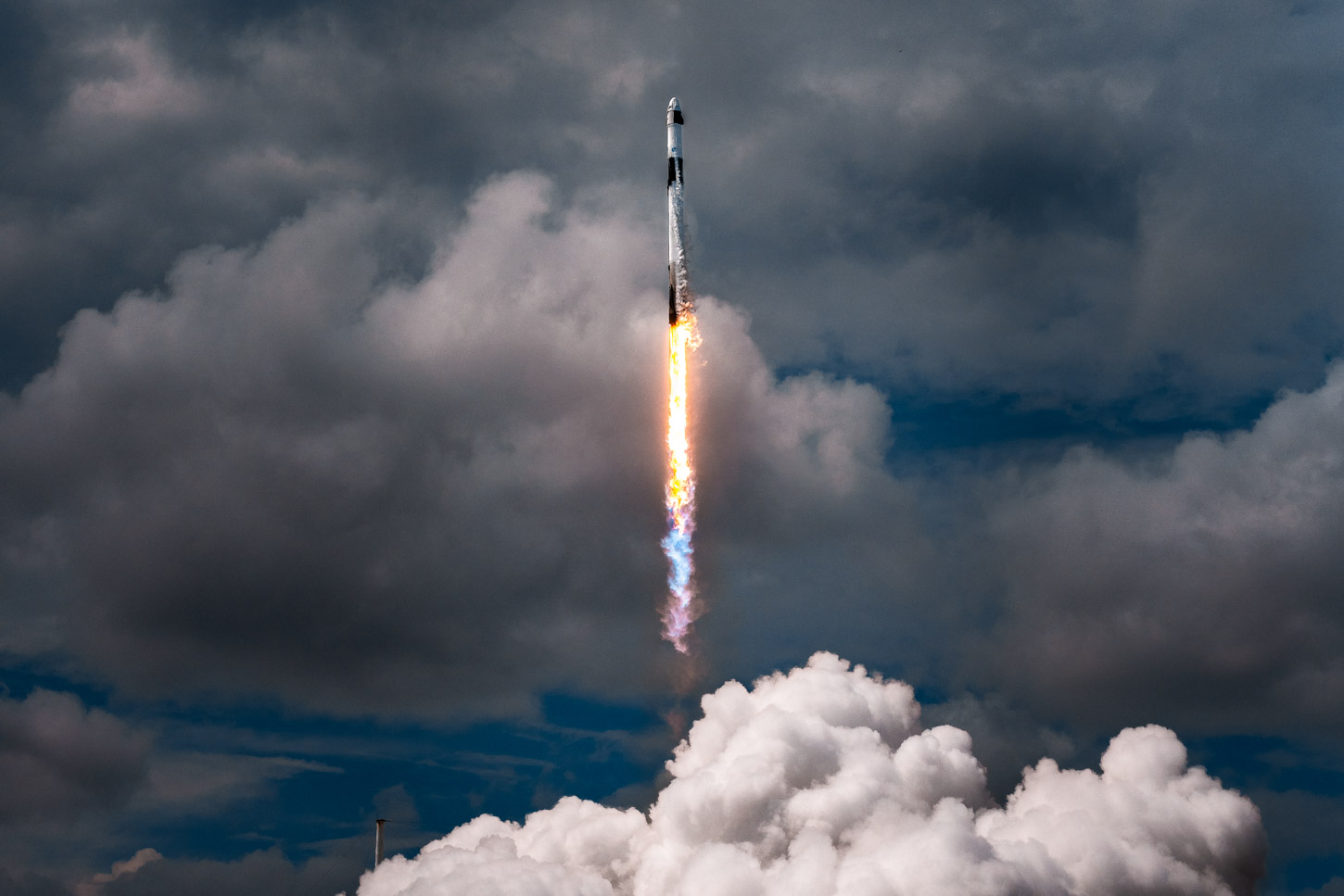
Falcon Heavy
SpaceX started out by turning LC-39A into its Crew and Falcon Heavy launch pad. As cadence has ramped up, these exclusive capabilities of 39A began to conflict. It became necessary to have more tools at their disposal for conducting all types of launches simultaneously, from multiple locations.
SpaceX has now installed a Crew Access Arm, Tower, and all associated safety equipment to make SLC-40 a crew-capable launch pad.
Europa Clipper, NASA’s largest planetary probe yet, built to study the Galilean moon Europa through a series of low-flybys, is launching aboard Falcon Heavy here in October from LC-39A. Falcon Heavy requires quite a different launch pad hold-down and fueling line configuration than Falcon 9, and this takes a decent amount of time to switch between the two. Without SLC-40 being crew-capable, Crew-9 (or any other crewed arrow in SpaceX’s quiver: whether Axiom, Polaris Program, or otherwise) would have to wait until after a high-priority, time-critical and technically demanding mission like Clipper aboard Falcon Heavy fly through these custom launch clamps.
SpaceX’s Bill Gerstenmaier said it best: “I think having these two pads tying these things together, being able to do multiple missions, being able to work as one big team really allows us to do amazing things as we move forward in space. You have to be agile. You need to have teamwork. Bringing pad 40 on is a tremendous advantage and a nice tool to have in our toolbox that we’re going to use in pretty innovative and creative ways going forward.”
Aside: it is still interesting to use ‘SpaceX’s Bill Gerstenmaier’ and not “NASA’s Bill Gerstenmaier”. He moved over, excitingly, to the private launch company in early 2020, after leading NASA’s human spaceflight directorate, and very successfully, for quite a number of years.
I’m sure, just like any relationship, the one between NASA and SpaceX has been strained at times. SpaceX wants to innovate as fast as humanly possible and seems to think anything in the way of that is a hindrance to humanity’s exploring the stars. NASA and other government partners want to ensure the safety of their astronauts and the public above all. Picking up former-NASA folks like Gerst and Kathy Leuders, I’m sure, has been incredibly beneficial in these efforts.
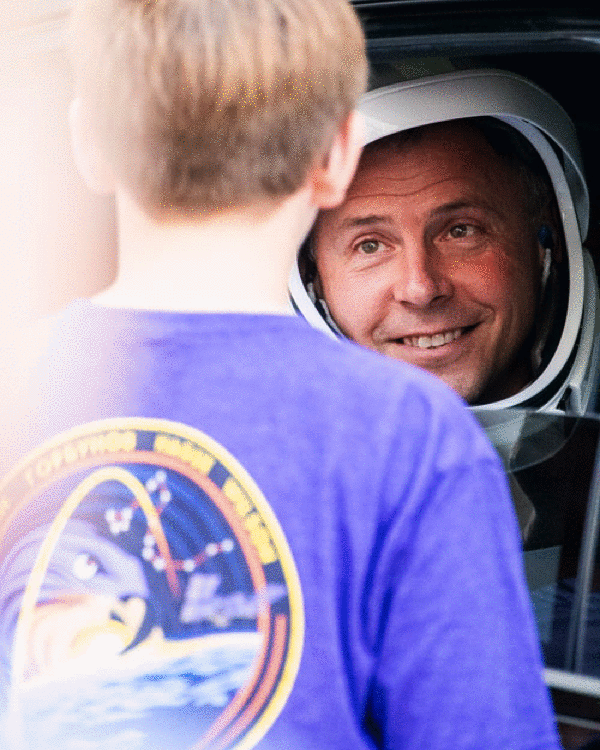
Both NASA and SpaceX have learned massively from one another and both are better off because of it. Ultimately, these entities need one another to do their best work.
The FAA
Recently, SpaceX and the FAA have been publicly quarreling back and forth about hindrances to future Starship flights.
SpaceX posted a blog about how Starships are meant to fly. The FAA levied time and cost penalties against SpaceX for various alleged actions or inactions on Falcon 9 operations here in Florida. The FAA testified this… SpaceX responded that…
I find the Crew-9 launch and this public dispute a very interesting juxtaposition to NASA and SpaceX’s flying successes and interwoven relationship with one another.
Sharing the situation with the FAA during the press conference only to provide context to the later question, I asked a panel of NASA, SpaceX, and other ISS participants at the Crew-9 post-launch presser to comment on or share a few things SpaceX and NASA do or have done that have resulted in their mutual success.
Ken Bowersox shared that he thinks SpaceX and NASA’s success has come about due to their complementary nature.
SpaceX pushes NASA on things sometimes where it feels NASA needs it, and NASA caters to these where appropriate. Other times, NASA says they’d really appreciate it if we slowed down a bit on this one and SpaceX be more of an active listener.
Bill Gerstenmaier said it well yesterday, prelaunch. “You need to have teamwork, and you have to need precision.” Ken Bowersox added onto it today with great clarity, saying SpaceX and NASA have served to be “great counterbalances” of one another on various things that come up.
As an eager fan of spaceflight, I couldn’t agree more. You don’t just need to have teamwork; more deeply, you need to know when to push and when to go into an active listening mode. Something I think everyone can relate to, not just in spaceflight but in all aspects of everyday life.
It’s my hope that SpaceX can soon navigate to a similar working relationship with the FAA, in the same way they have with NASA for many years now. And it’s my hope too that the FAA can learn from SpaceX in the way NASA has. When they both work together most effectively as counterbalances, the future of American spaceflight, and the Starship program, will truly soar.
Listing photos/collage by Trevor Mahlmann
If you enjoy my writing and my photography, it’d mean the world if you considered supporting me here!
or considered picking up one of my 2025 wall calendars:
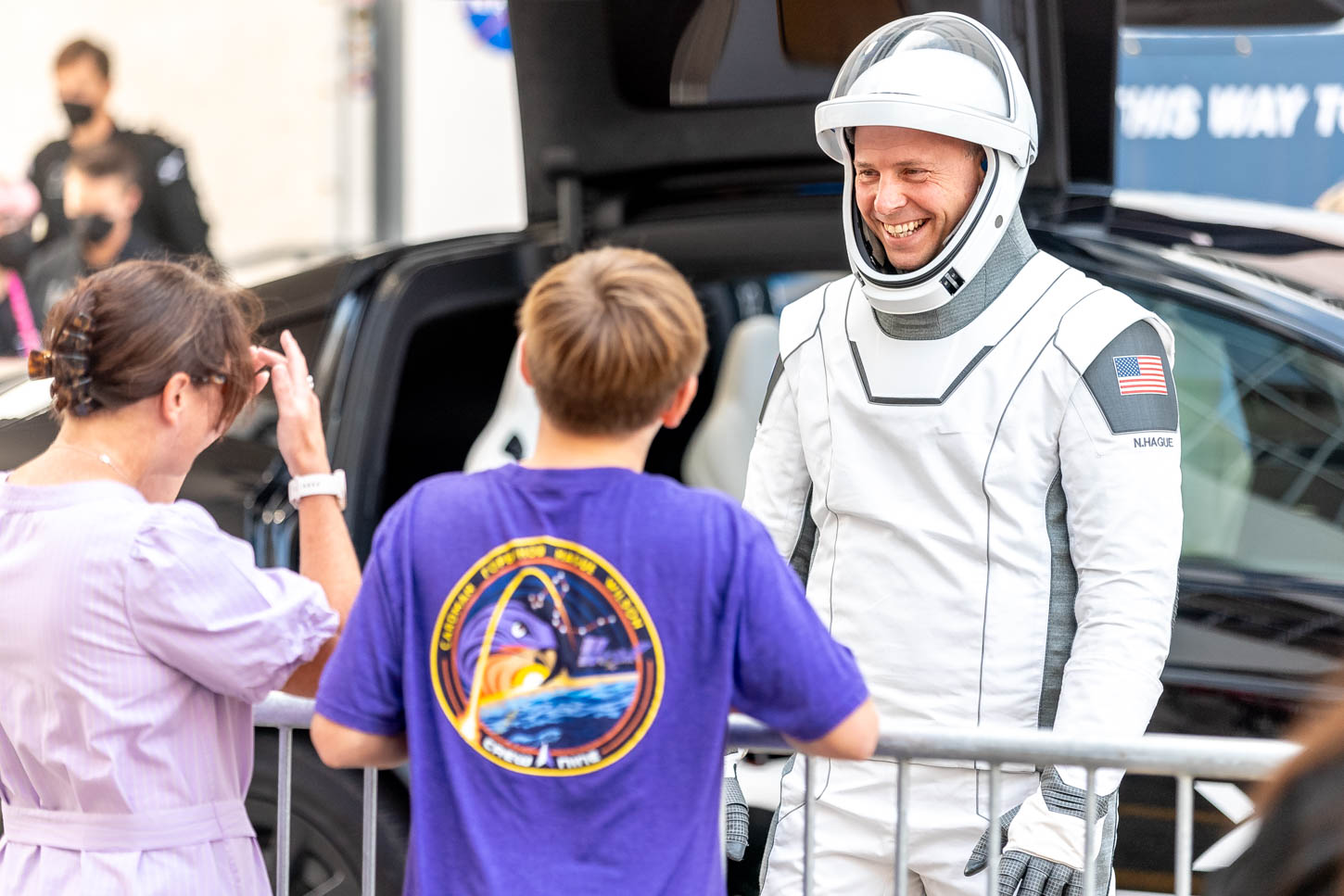
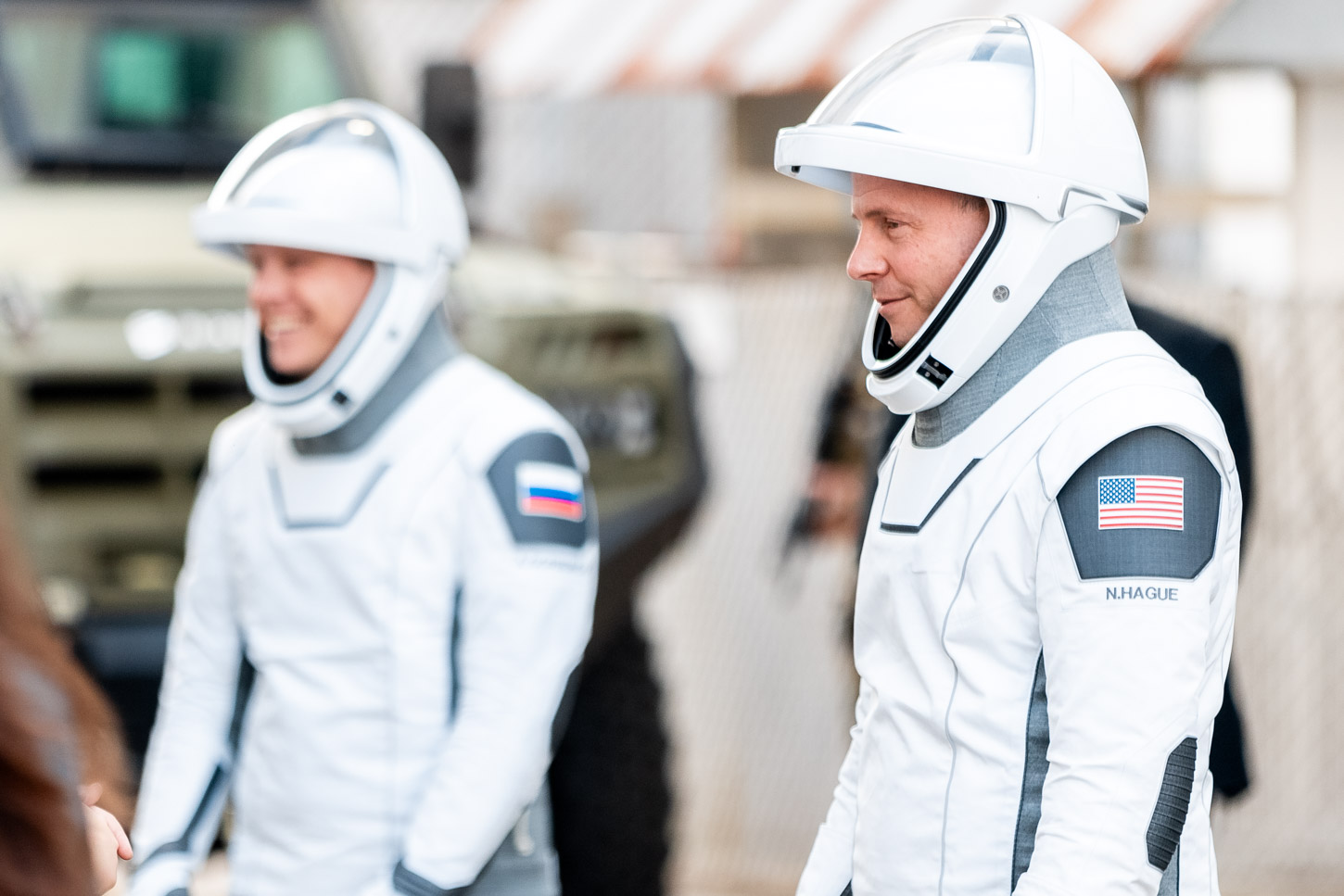
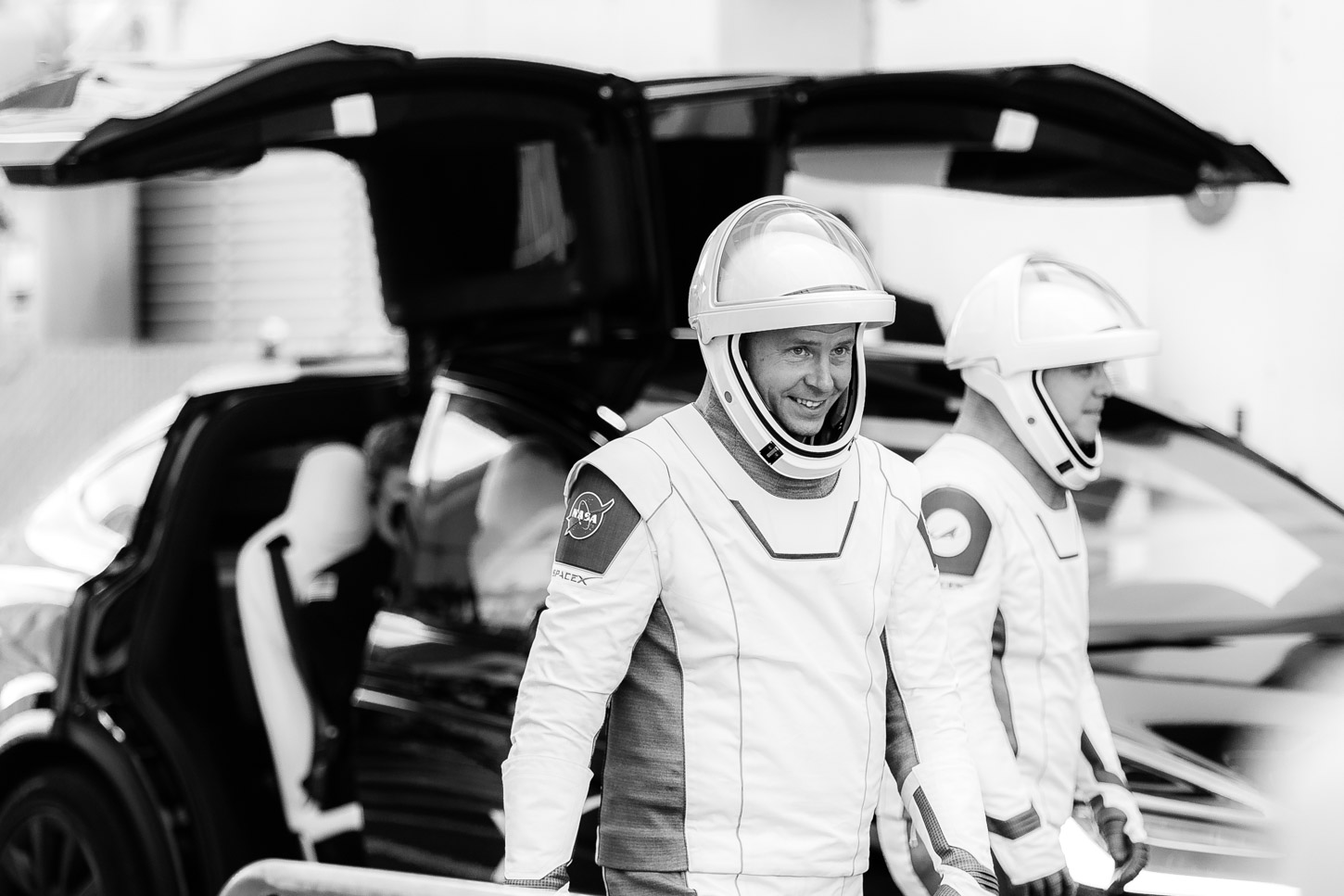
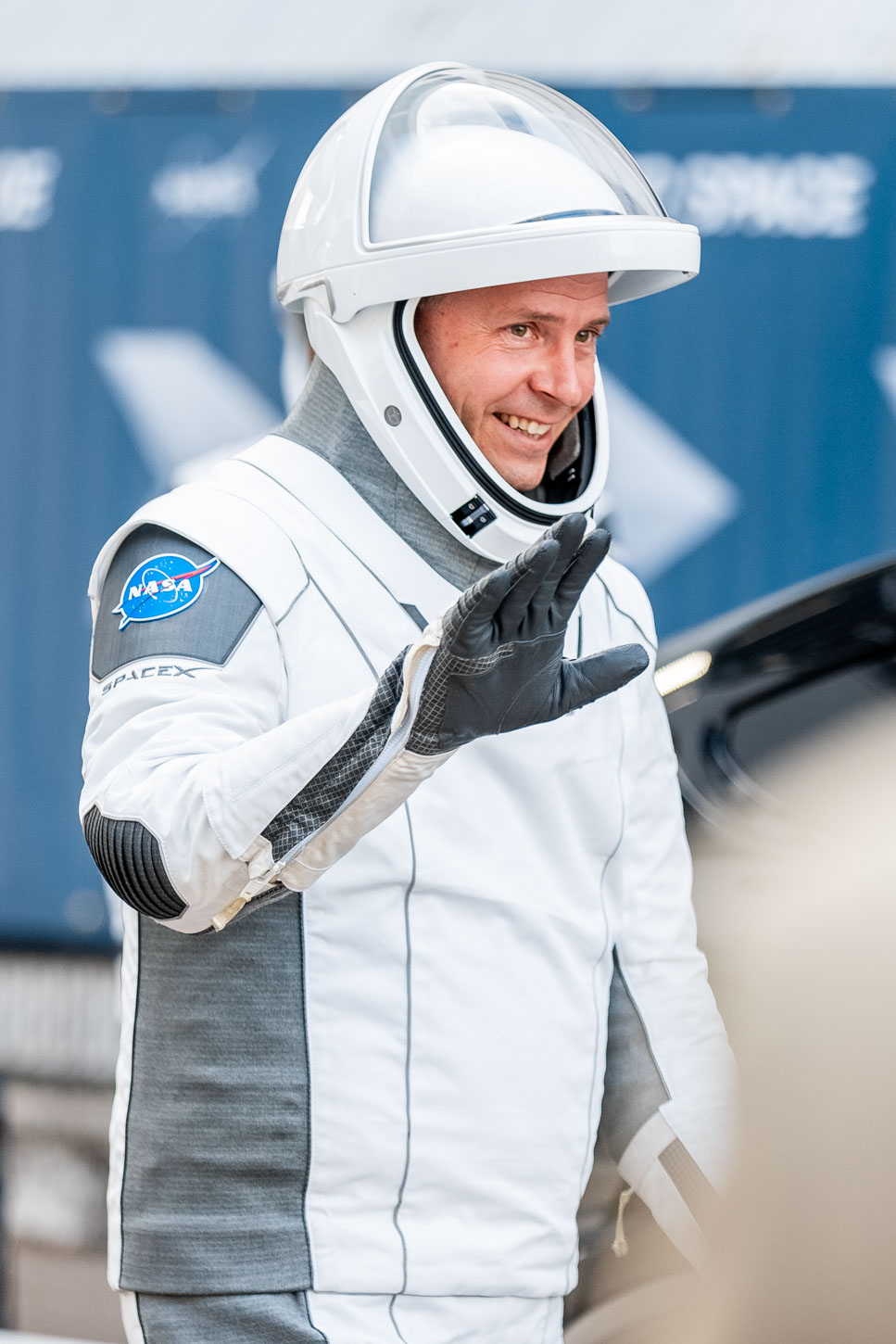
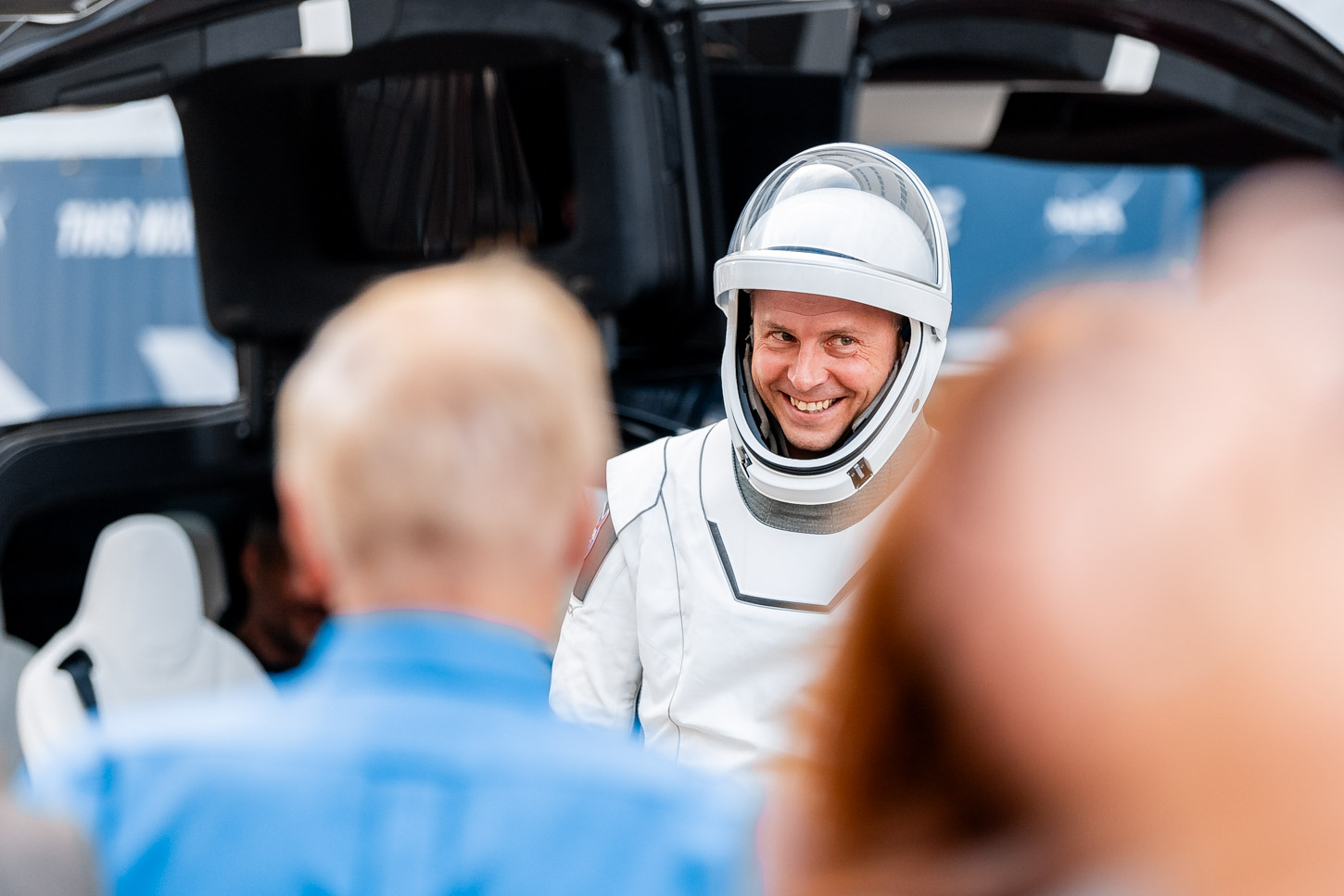
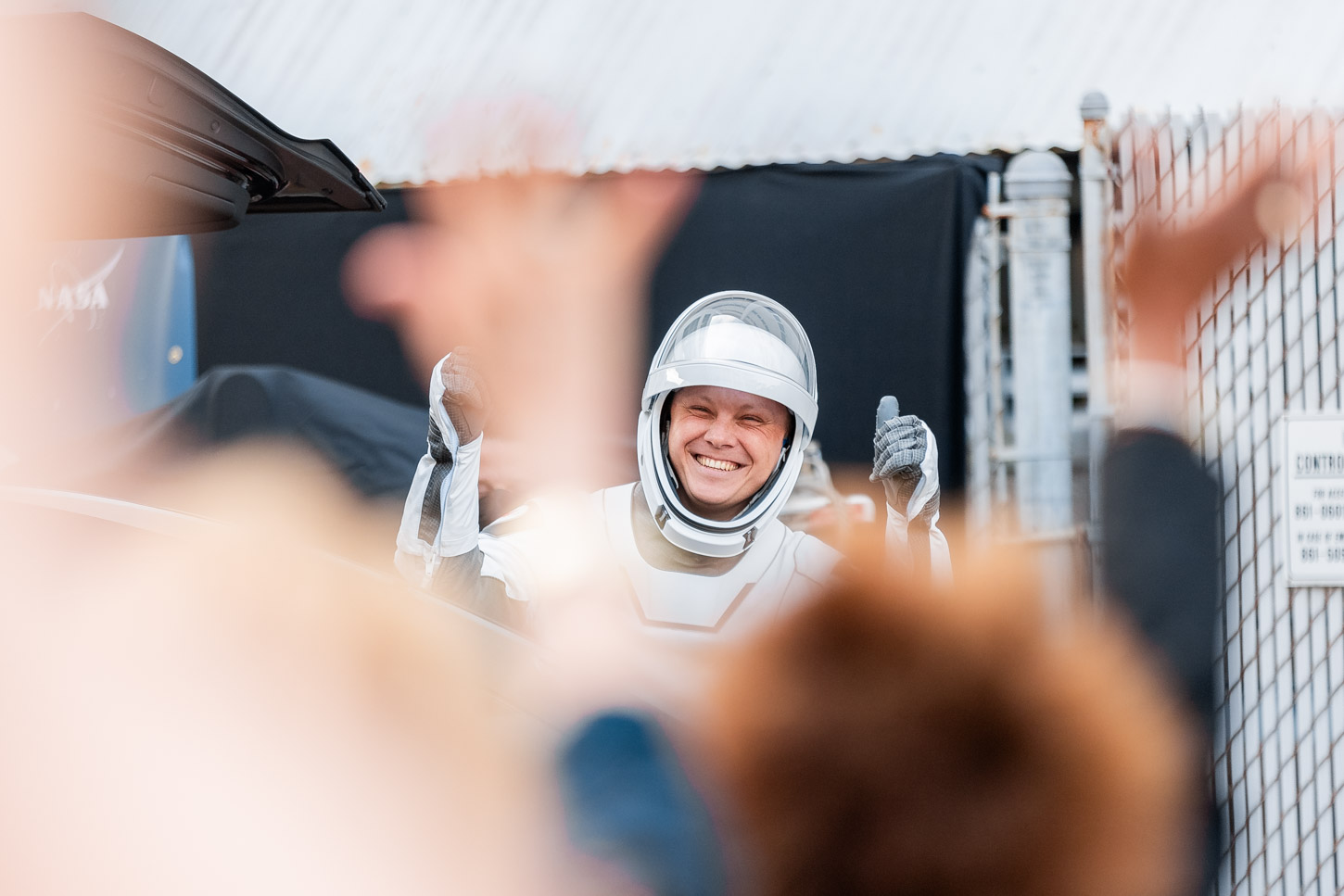
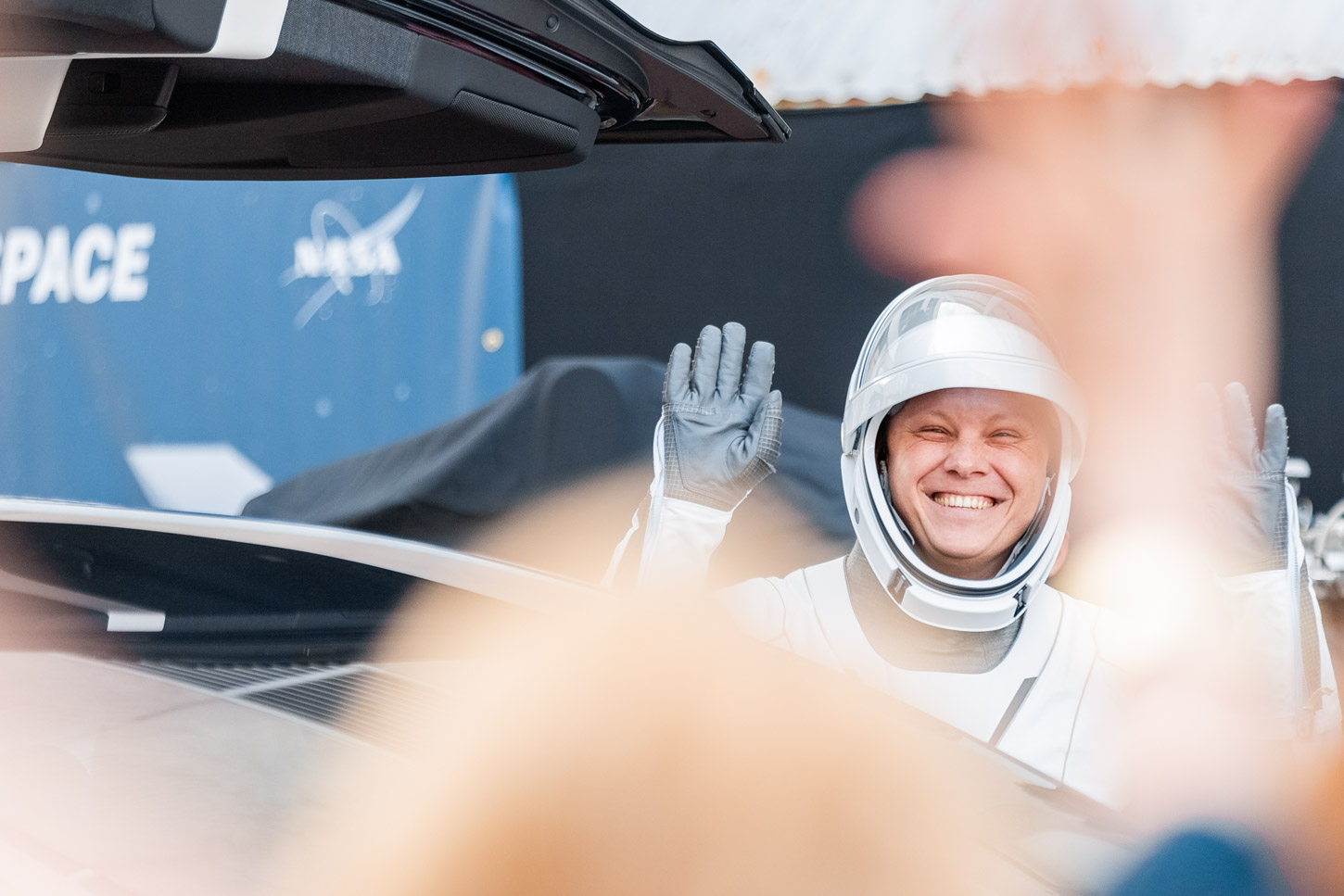
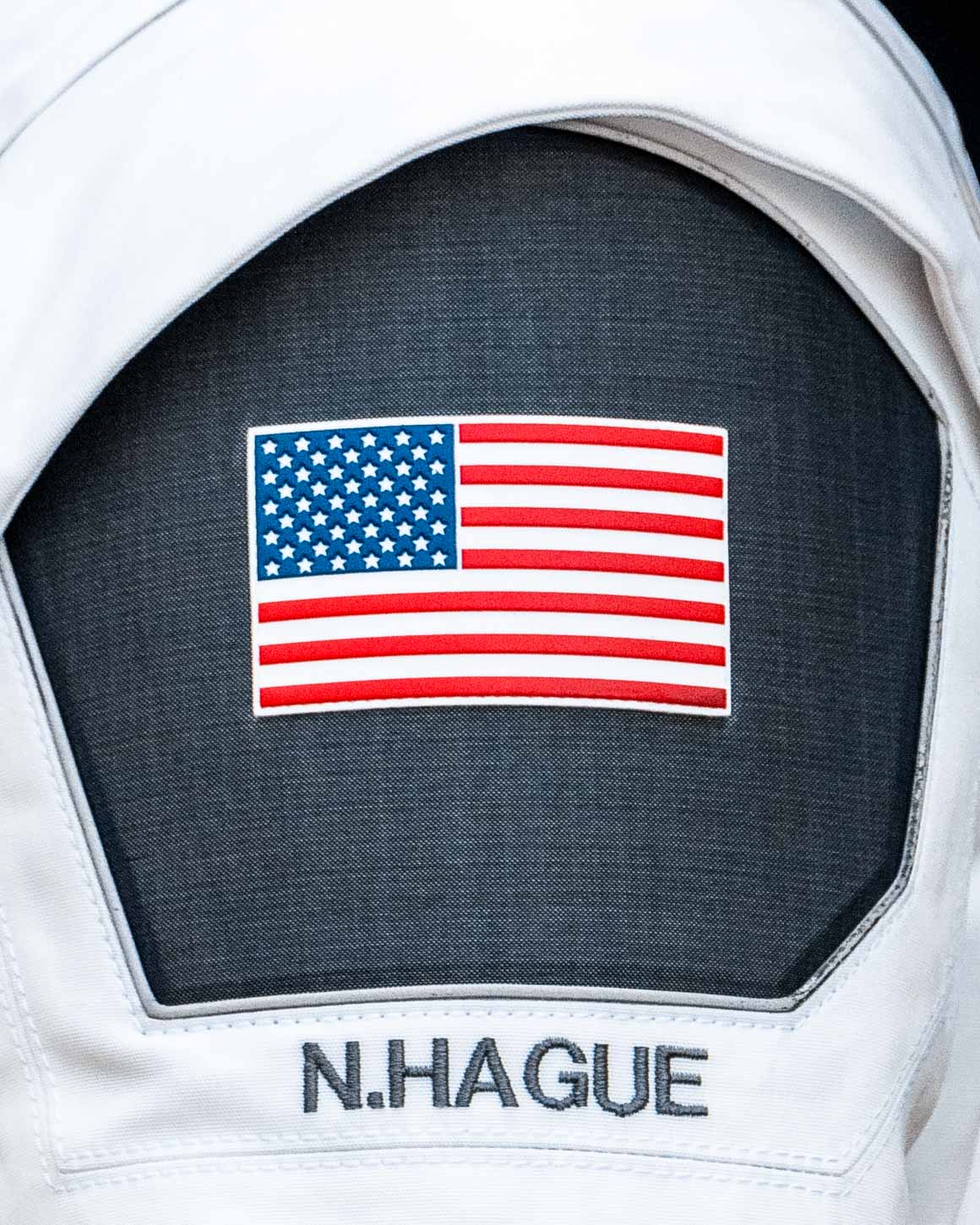
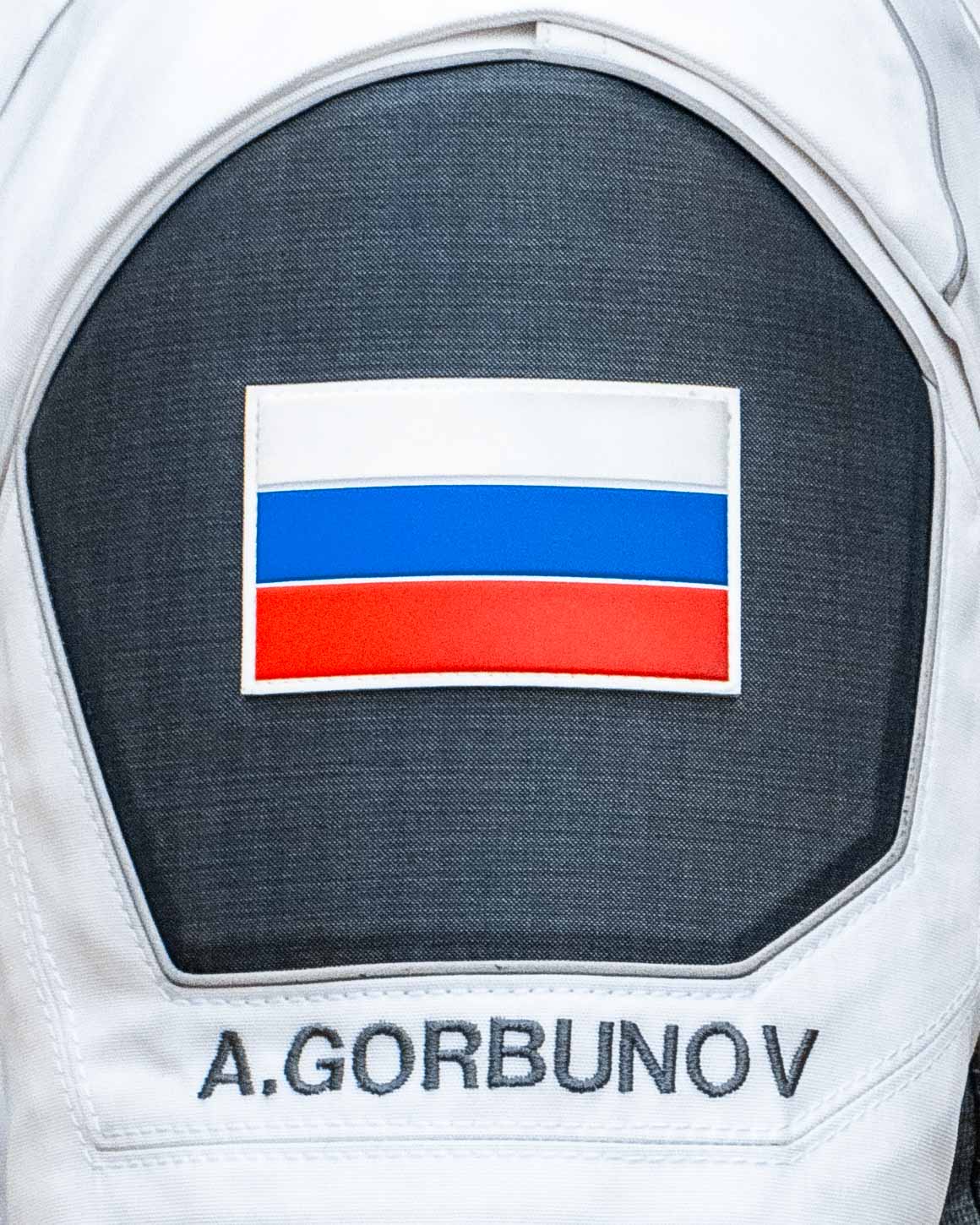
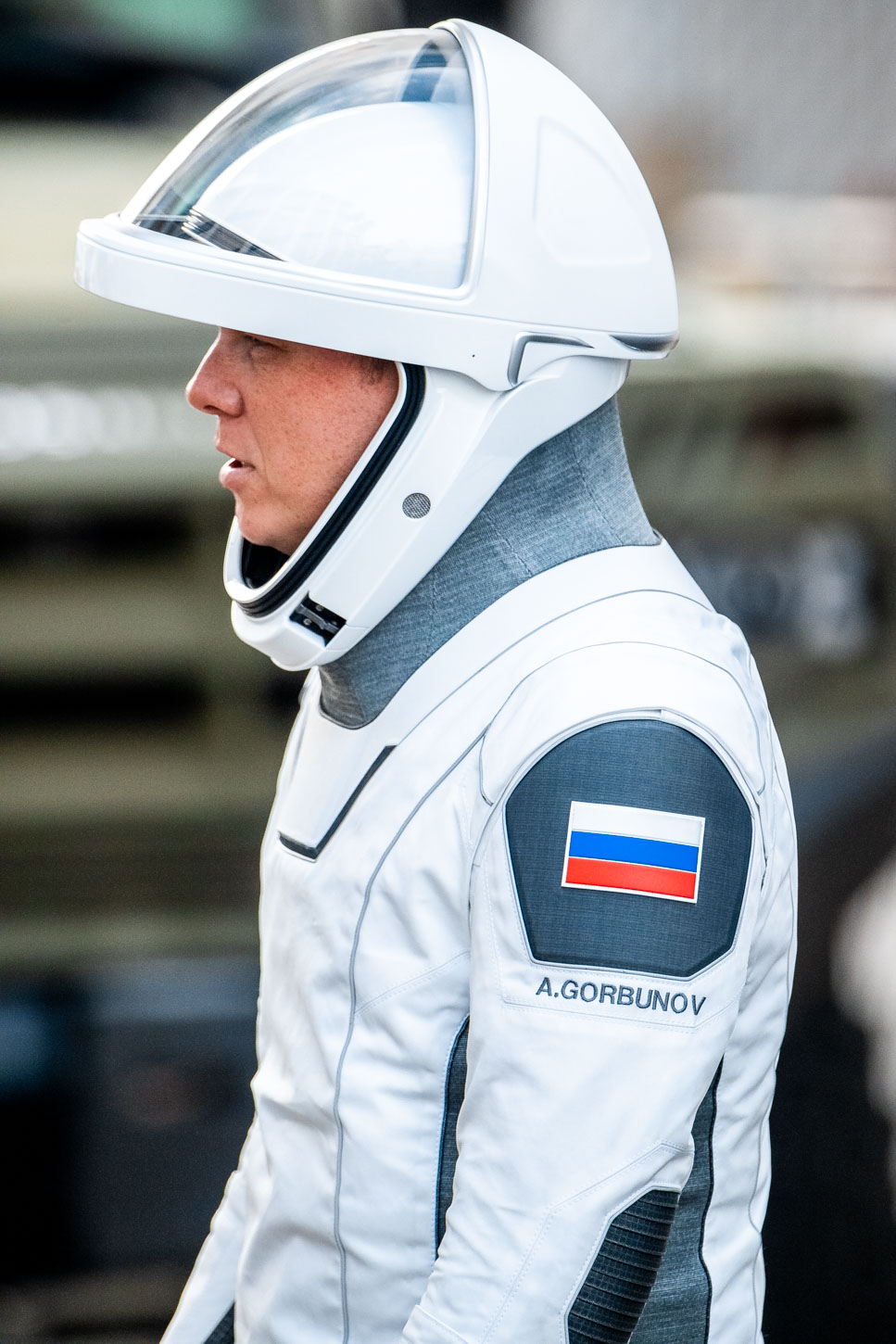
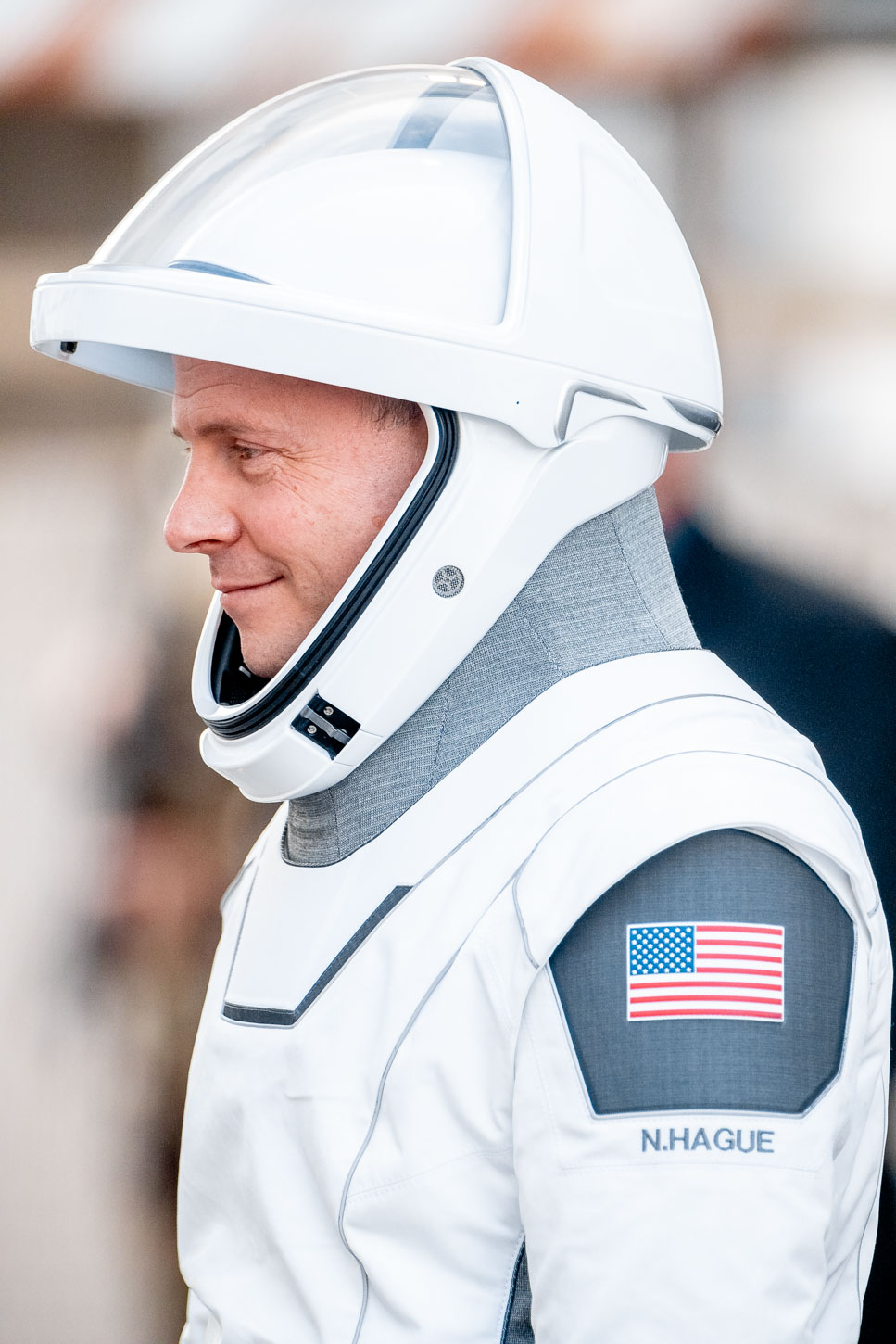
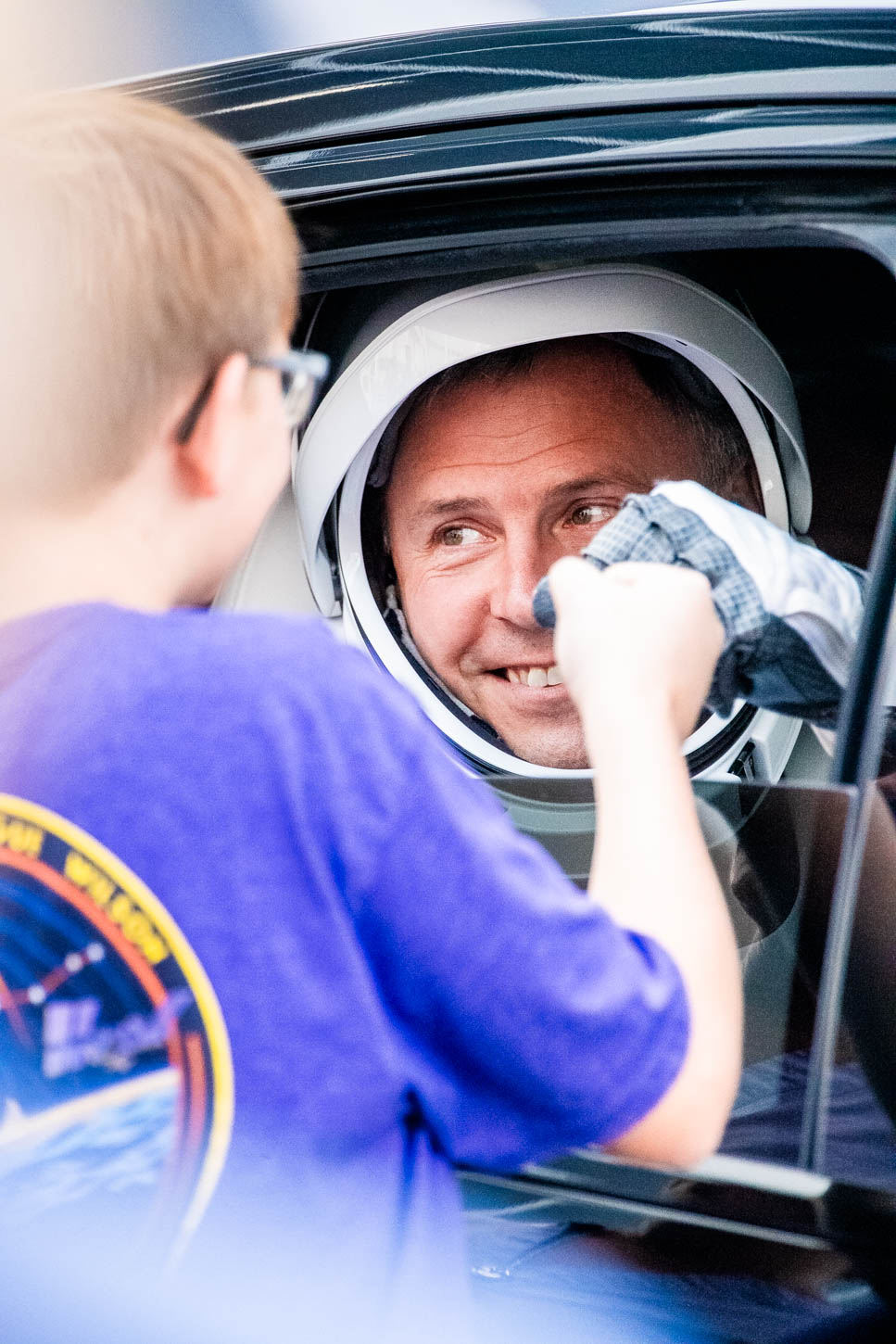
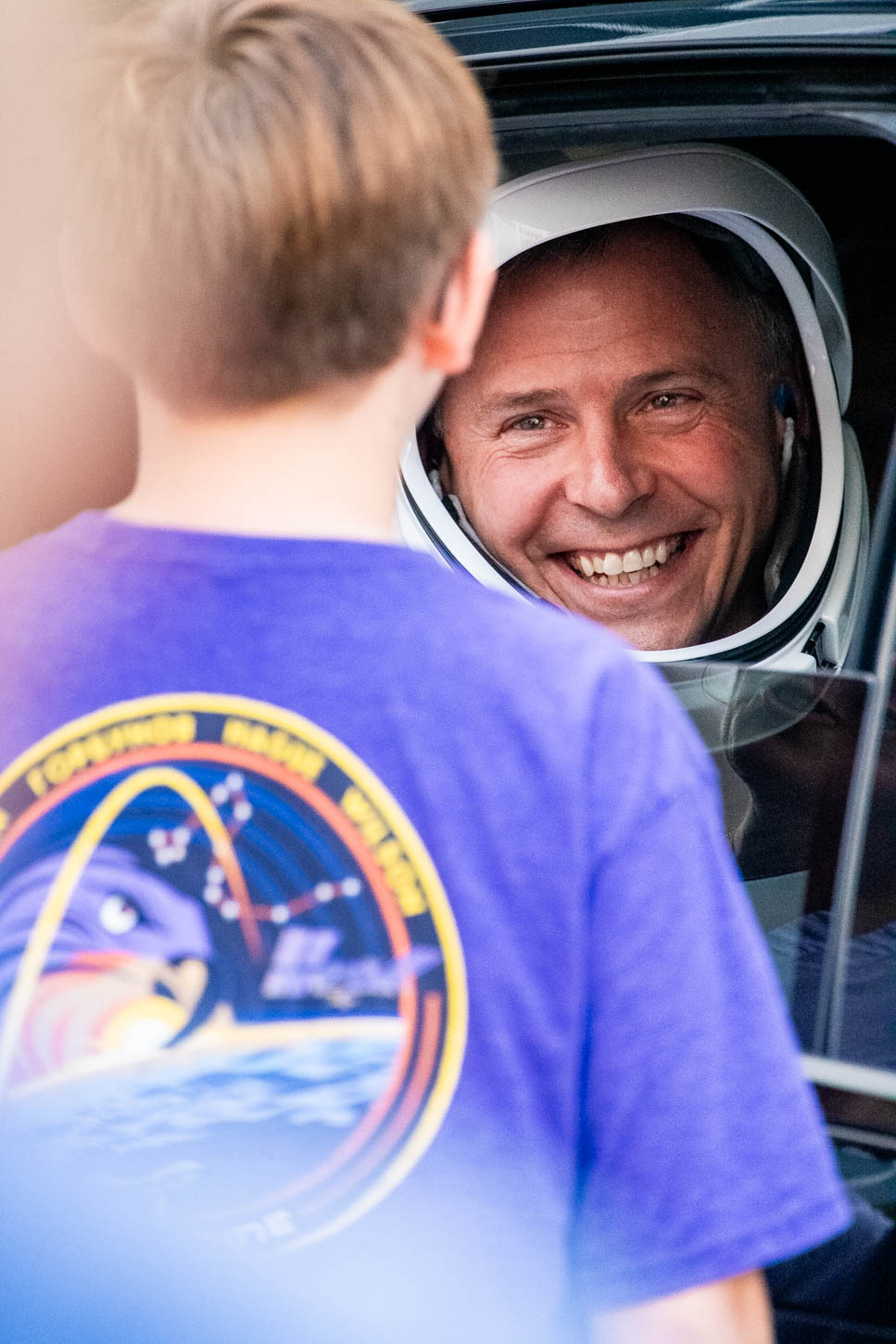
Leave your email below to keep up-to-date with the latest in spaceflight! (A few emails a month, max.)

